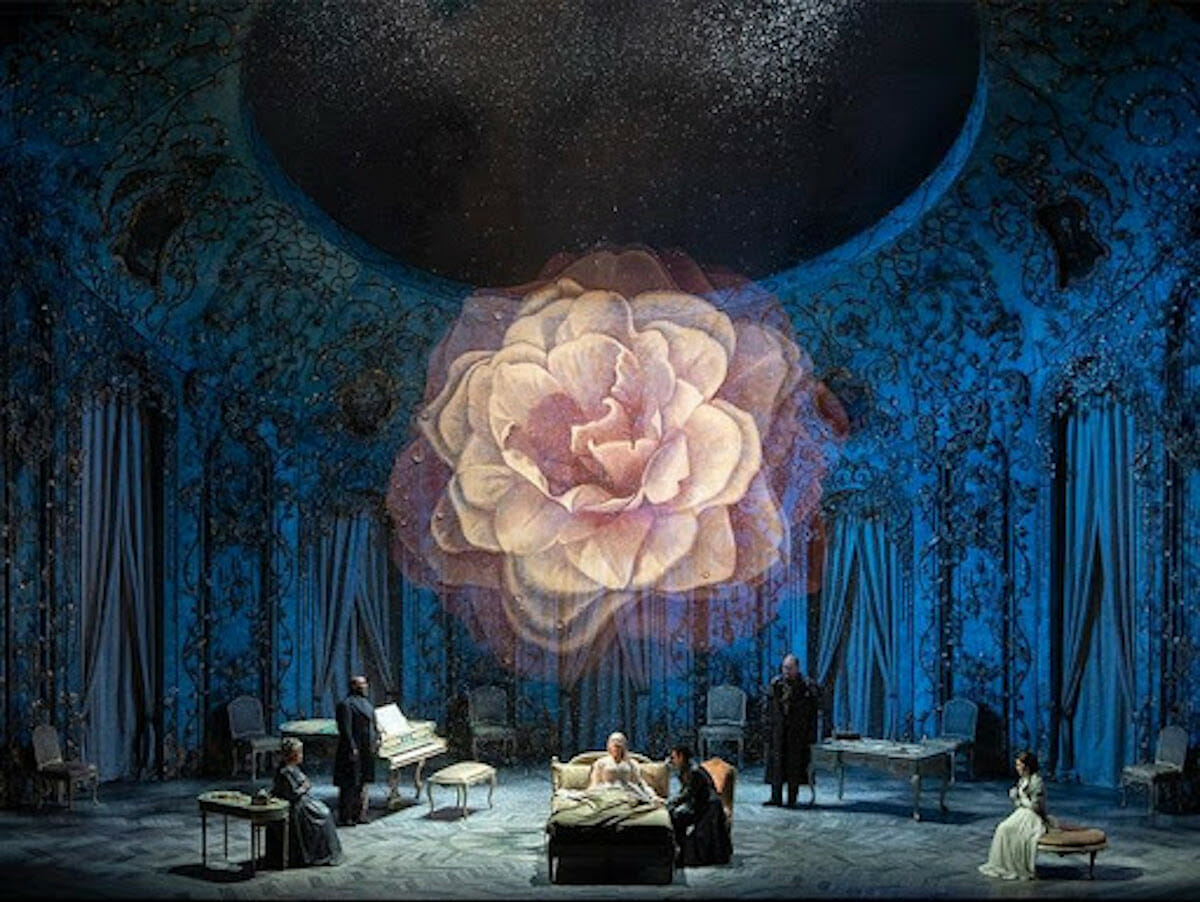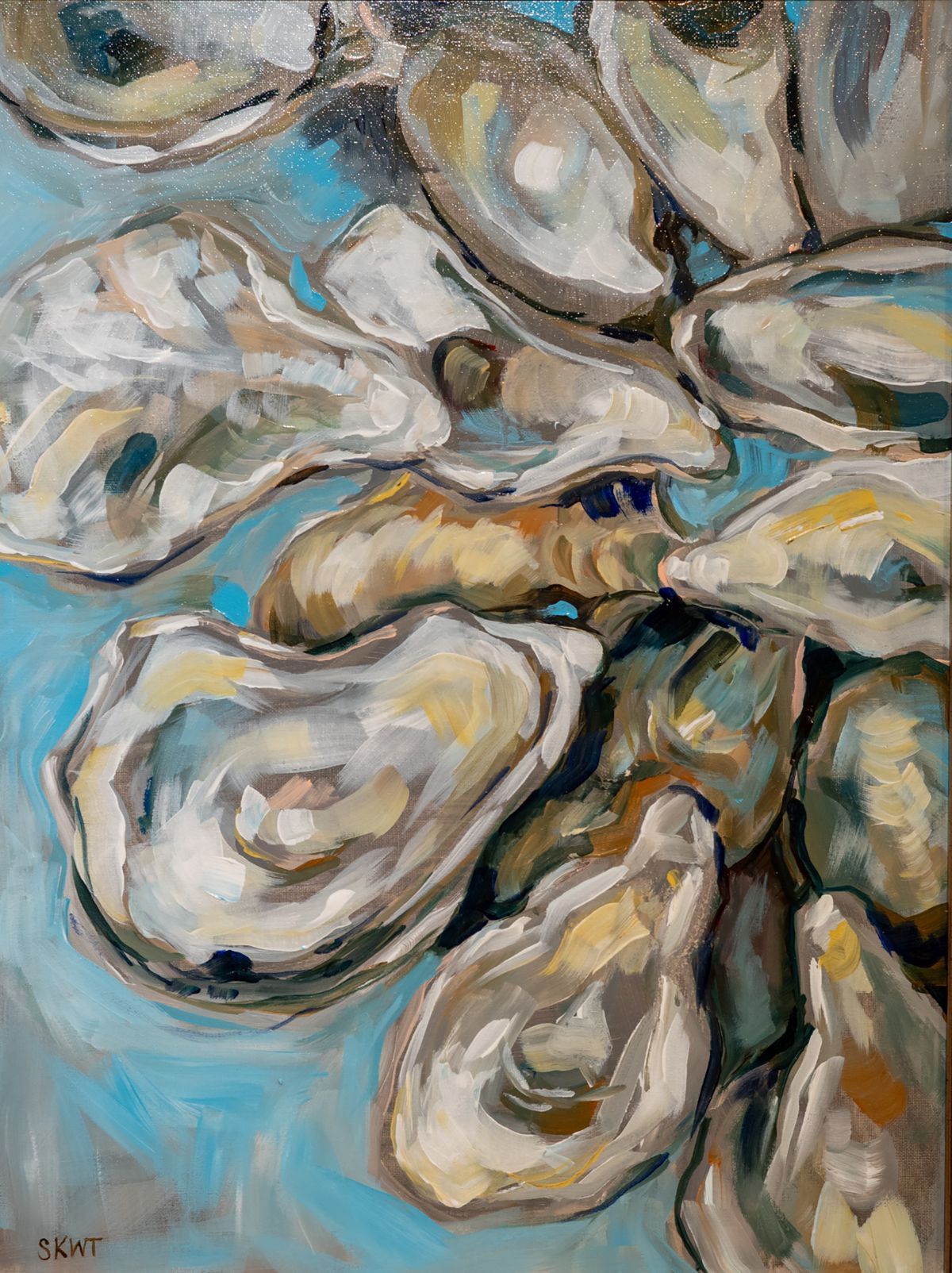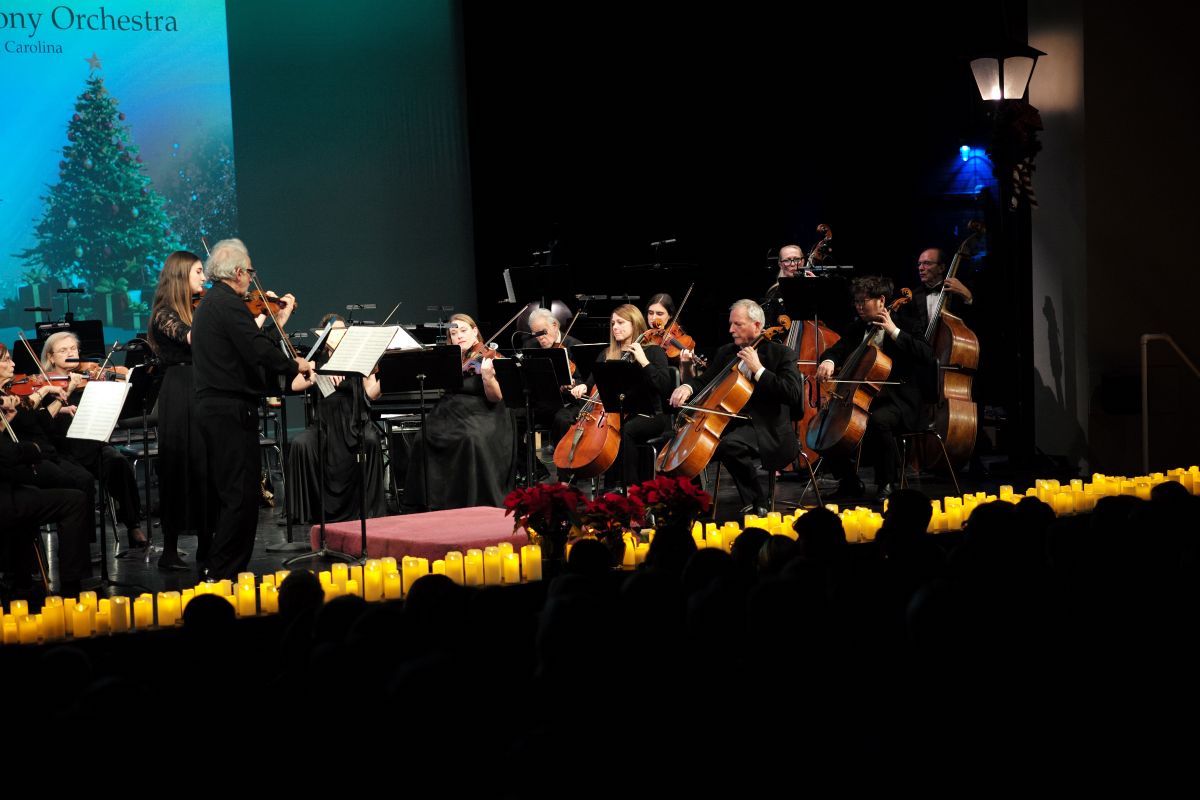By Becky Sprecher
Verdi’s opera about a famous courtesan named Violetta Valéry who dies of consumption is based on the 1848 novel, La Dame aux Camélias by Alexandre Dumas fils, son of the writer of The Three Musketeers. Sometimes referred to as Camille in English, the novel tells the story of the author’s affair with a courtesan who sacrifices everything for love.
Shortly after publication, Dumas adapted the novel for the stage and in 1853, Giuseppe Verdi premiered his musical version of the story called La Traviata (the fallen woman) at La Fenice in Venice. While opening night was a disaster due to a poor performance by the soprano in the leading role, La Traviata went on to become a “bread and butter” opera guaranteed to pack in an audience.
The story has been adapted by the movies, too; think Greta Garbo in Camille (1936), and Julia Roberts in Pretty Woman, although Roberts’ Vivian has better luck than all of the rest. When Edward (Richard Gere) flies her in his private jet to see La Traviata at the San Francisco Opera, Vivian realizes she’d better get a real job and go back to school.
The role of disease in opera is quite prevalent, considering that so many were composed in the day when much was not known. In their book, Opera: Desire, Disease, and Death, Linda and Michael Hutcheon point out that tuberculosis, or consumption as it was known when Verdi was composing Traviata, was believed to be either inherited or “provoked by certain personal characteristics or living habits” (including excessive sexual activity), and that a person simply “fell into a consumptive decline.”
Consumption decimated the artistic community, taking the lives of Keats, Shelley, the Bronte sisters, Schiller, Chopin, and many others, leading people to surmise that there was a link between artistic genius and the illness.
“The cause of the disease, the inter-personal transmission of Mycobacterium tuberculosis, was not discovered until 1882,” write the Hutcheons, and “the discovery of streptomycin wouldn’t come until 1943. This mysterious disease, which many thought could be inherited, fascinated society in those days, very much like AIDS has in our time.”
“It is precisely these beliefs that provide the building blocks for the Verdi opera,” continue the Hutcheons. “The curtain goes up on a late-night party scene where Violetta, who has just recovered from a long bout with the illness, has announced that she is now fully recovered and wants to enjoy life to the fullest, for it is fleeting like a flower.” She proceeds to lead the guests in the famous The Drinking Song, Libiamo ne’ lieti calici. (I once knew of a fraternity who learned to sing this; however imperfect, it was a vast improvement over their usual bawdy repertoire.)
Alfredo Germont, a guest at the party, sees Violetta and falls madly in love with her. For the first time, Violetta feels what it is like to be truly loved. She gladly gives up her restless life in Paris to live with Alfredo in the country, where she is selling her property to pay their expenses. Alfredo’s father visits privately with Violetta and warns that his son will never be able to take his proper place in society as long as he is in a relationship with someone of her background. If she truly loves him, she should give him up.
Without explaining to Alfredo, Violetta leaves him and takes up with Baron Douphol, breaking Alfredo’s heart. Tragically, Violetta is on the verge of dying from the disease when Alfredo, who has finally learned the truth, rushes in to be with her at the end.
The success of this opera depends not only on the vocal talents of the cast but the personal charm of the singer who is performing the role of Violetta. After all, this is an opera about a courtesan and there’s a tendency to say that she got what she deserved.
We should remember, however, that in the 19th century, courtesans were celebrated and provided an array of services, not just sexual ones. They dressed beautifully, were well read, had access to influential and powerful people, and could converse on a wide variety of topics from the arts to politics. They were not streetwalkers, although they could end up that way if they did not invest their money wisely.
Still, we must like her. We have to sympathize when she does the right thing and gives up Alfredo, and when she dies with a broken heart. Watch a YouTube video of Beverly Sills singing Violetta in the Drinking Song, and you’ll see what I mean. You just can’t not like Beverly Sills; her personality shines through. And regardless of what you think of Julia Roberts as an actor, who doesn’t adore her? Her Vivian is one of her most endearing roles.
We will have that likeability factor in this production with Nadine Sierra as Violetta. She sang lights out in last year’s Lucia de Lammermoor at the Met and charmed everyone with her vivacious personality in her backstage interviews. She is delightful, talented, and supported by a great cast.
You won’t want to miss La Traviata, so get your tickets now. Expect lavish costumes and settings, along with glorious music. Super diva Renée Fleming is going to host. Afterwards, book a table for dinner at a place with French wines on the list. You can toast how far women have come since those days, and how they no longer have to resort to such marginalized lifestyles to earn a living. You can also celebrate the advancements in medicine that are saving lives from communicable diseases. See you there!
The Metropolitan Opera will present Giuseppi Verdi’s ever-popular La Traviata at 1 p.m. on Saturday, Nov. 5. The performance will be streamed live in Hi-Def at the Center for the Arts on Carteret St. Tickets are $22 and $20 for OLLI members, and may be purchased at the door or in advance on the website at www.uscbcenterforthearts.com.
The opera is sung in Italian with Met Titles in English. Running length is 3 hours, with intermissions between Acts I & II, and Acts II and III. For more details on the production, visit www.Metopera.org.






